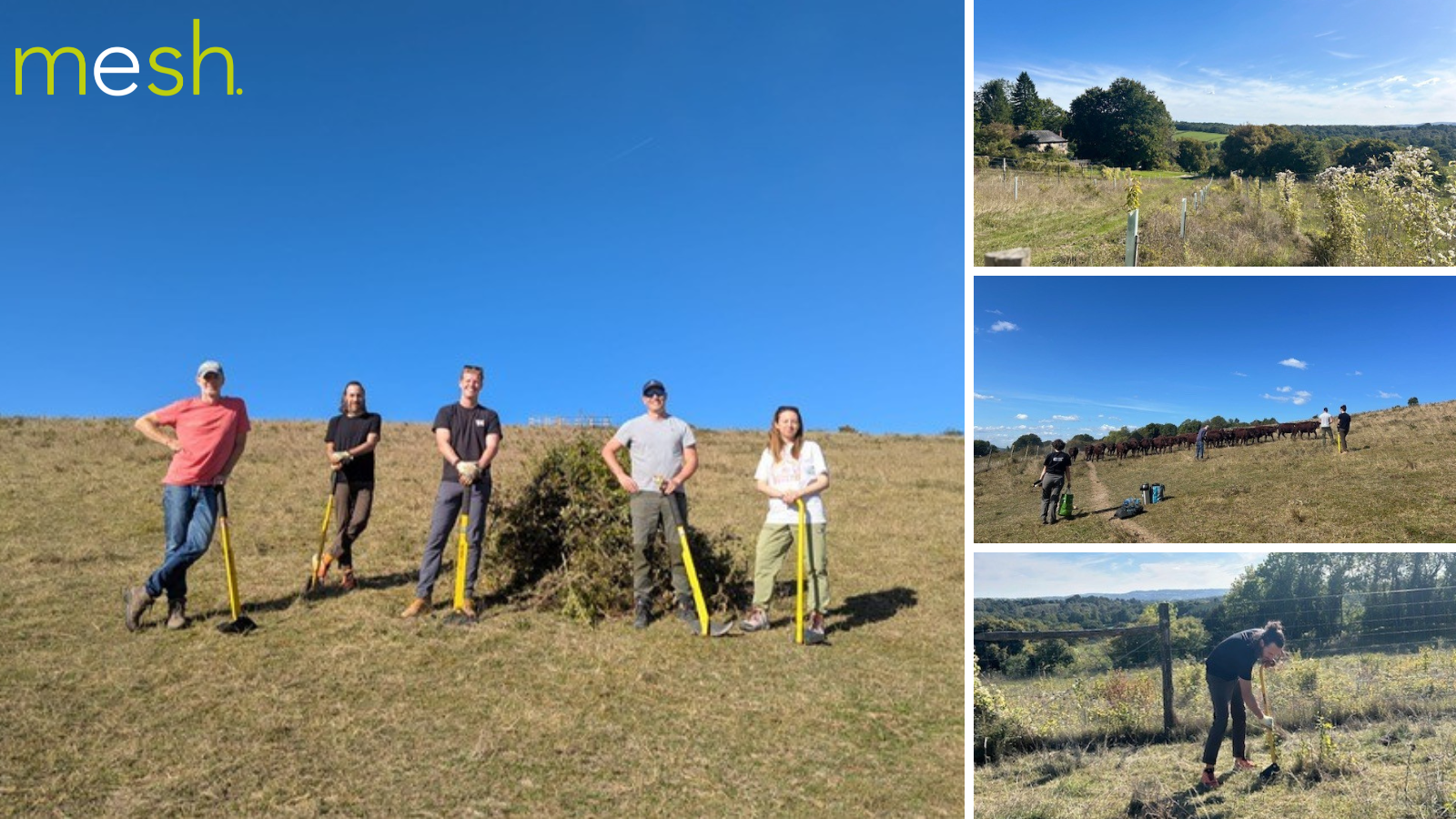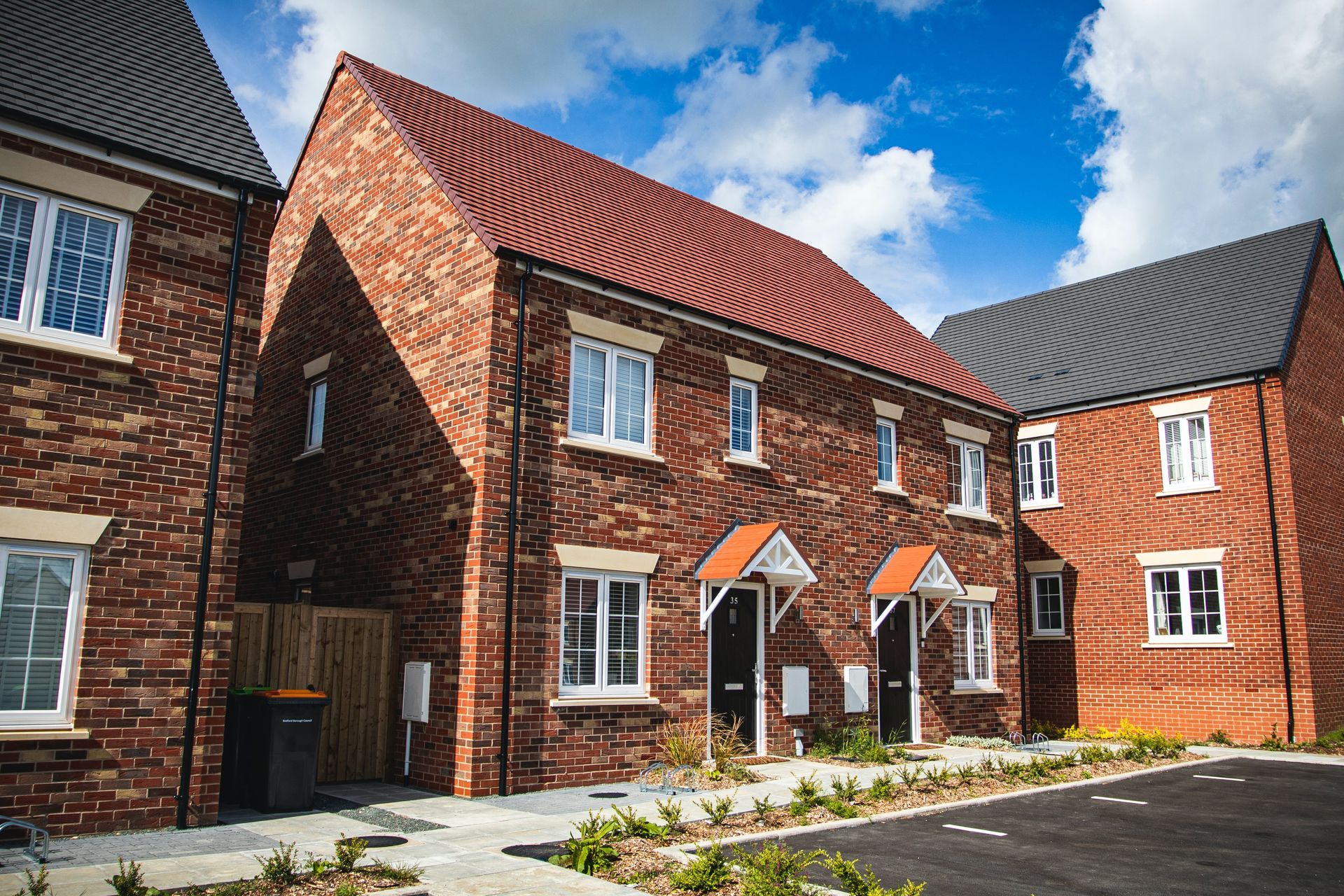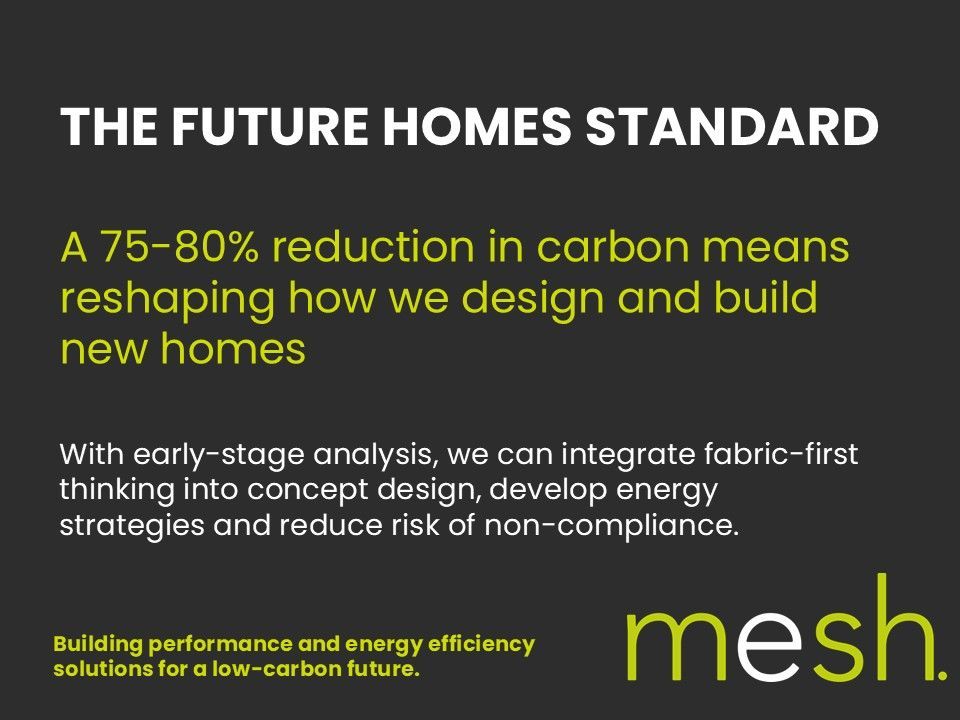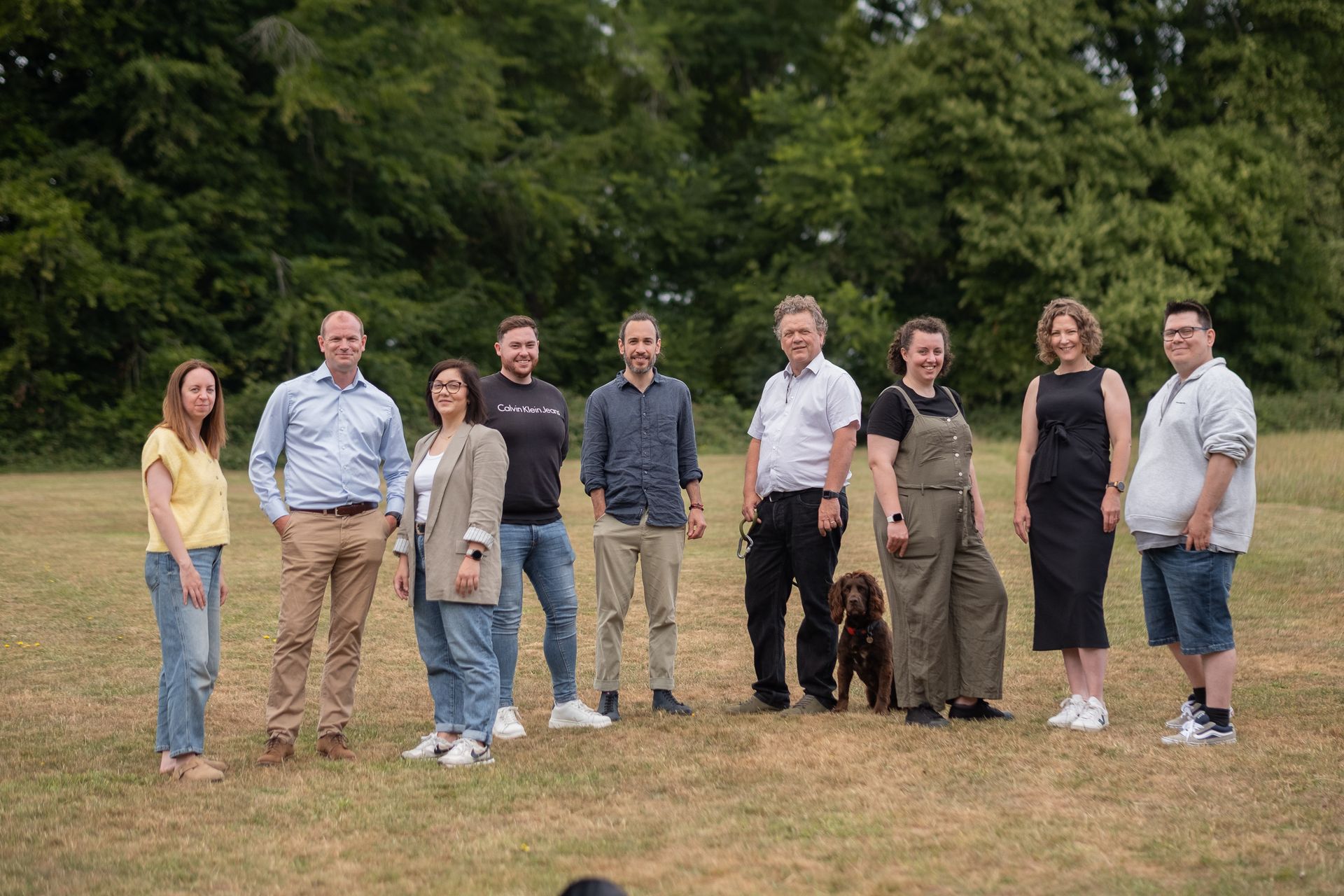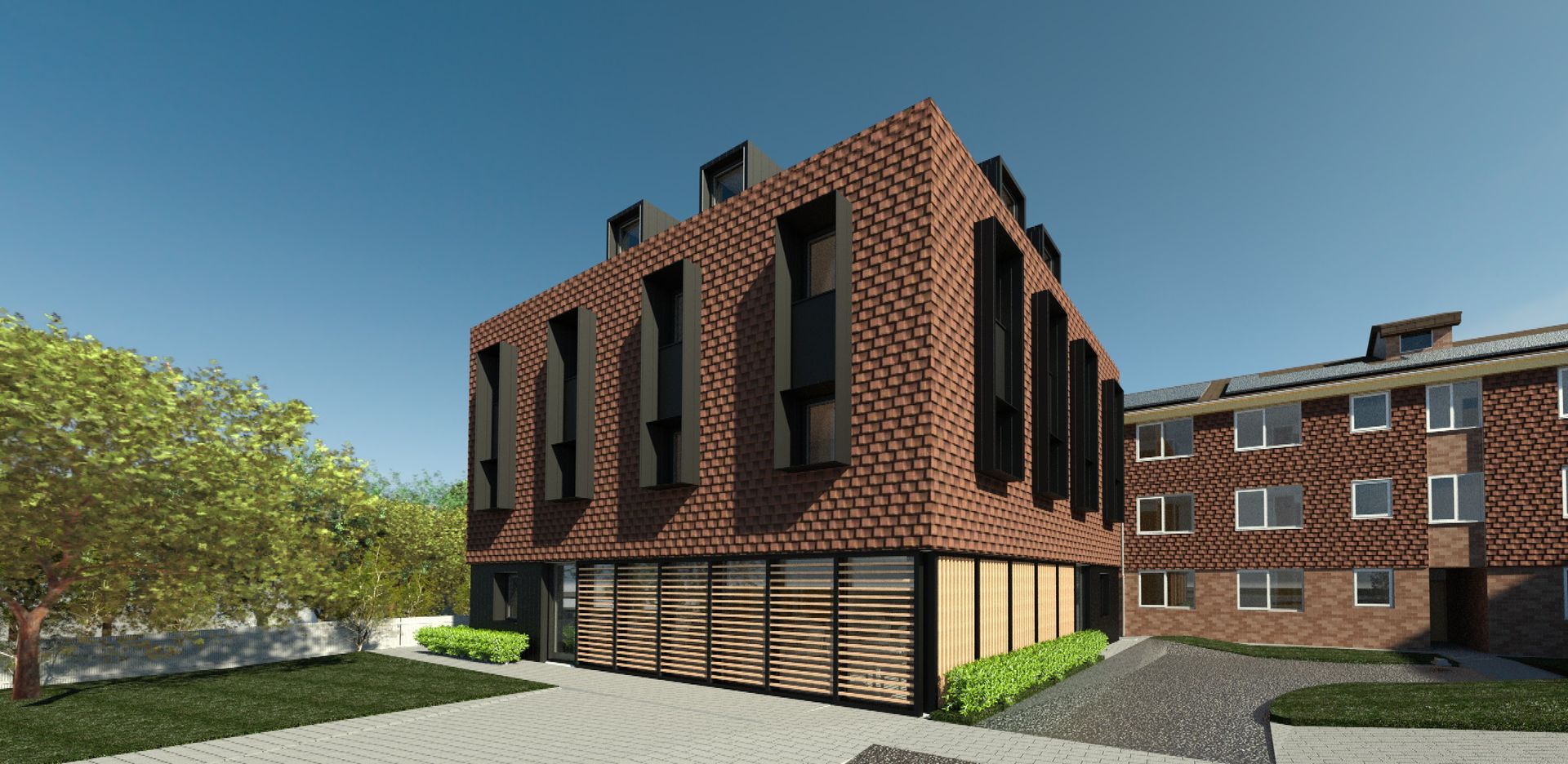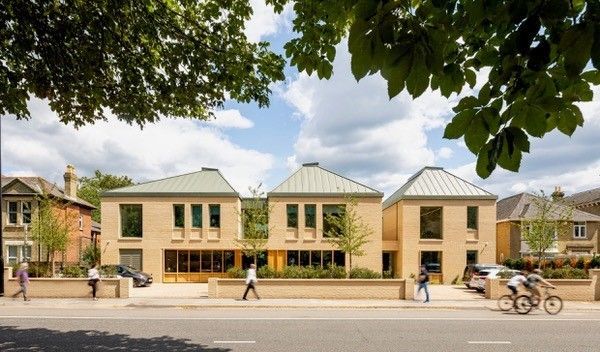How to make accurate energy and emissions projections as a net zero building developer
As a net zero building developer, making accurate energy and emissions projections is essential to achieving our goals to reduce the carbon footprint of the built environment, either during the project build or in the first 5 years of its occupied life as part of a carbon management plan to reduce operational carbon emissions. Here are some steps you can take to ensure you make accurate projections:
Collect and analyse data: Gather data on past energy usage, occupancy patterns, and other relevant factors. Analyse the data to identify patterns and trends that can inform your projections. There are a number of established analytical tools available, whether it is cumulative sum analysis of energy consumption to understand energy consumption ‘control’, regression analysis to understand past and future trends in energy management), and annual comparison against normative performance indications such as CIBSE Energy Benchmarks to identify changes in energy demand.
Use a simulation tool: Use a building energy simulation tool to build a computer model of the energy use of the building. These tools take into account various factors such as the historical and future annual weather data, the building's form, orientation and constructions, geographical location, and equipment to predict energy use, as well as occupancy patterns. By using the reference data above it is possible to create a ‘digital twin’ of an existing building to test the impact of energy hierarchy improvements to the building fabric, energy use and generation system, and small power.
Consider the impact of renewable energy sources: If you plan to incorporate renewable heat, factor in improvement in the fabric first for long term gains. If you plan to incorporate renewable energy sources like solar panels or wind turbines, factor in the realistic potential energy production and carbon savings from these sources when making your projections.
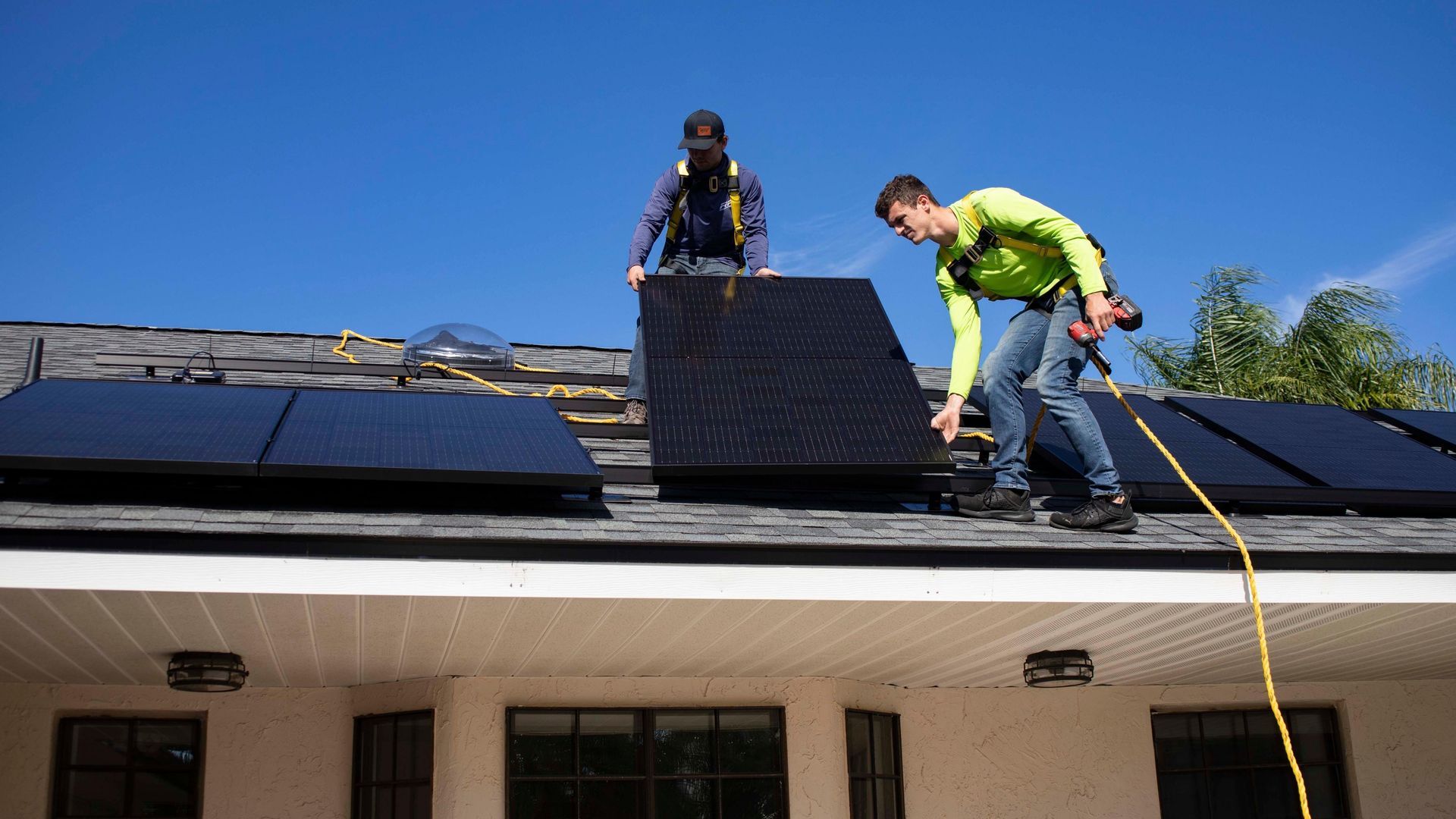
Take into account occupant behaviour:
Occupant behaviour can have a significant impact on energy use, and this has changed considerably since 2019. Consider how and when occupants are likely to use the building and factor this into your projections, but also whether occupants are likely to open windows because it’s stuffy in the middle of winter - in which case you may have a ventilation challenge. Occupants who complete Building Use Surveys are able to provide a wealth of subjective data about whether a building is comfortable throughout or in particular areas, and if so then why? Afterall, an uncomfortable building is known to have an impact on occupant health, wellbeing and productivity.
Collaborate with experts:
Work with experts such as Mesh Energy in energy computer modelling and sustainability to help you make accurate energy projections. They can help you identify potential issues and refine your projections to improve accuracy and complete feasibility studies to assist in making objective decisions about pathways to net zero.
Update projections regularly: As the project progresses and more data becomes available, update your projections regularly to ensure they remain accurate and aligned to your carbon management plan.
By following these steps, you can make more accurate energy and emissions projections as a net zero building developer.
SHARE THIS POST WITH YOUR NETWORK


